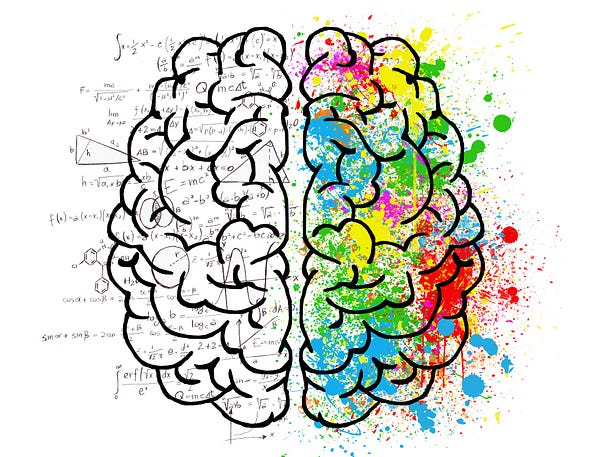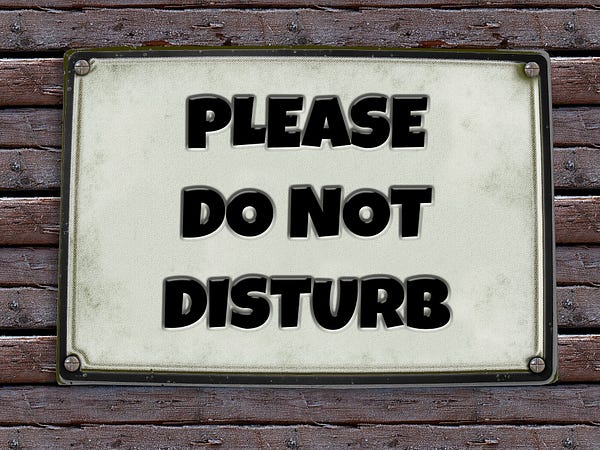The real killer to productivity: distractions
Declutter your workspace
Every time you have to avoid a distraction, you’re burning up valuable willpower — which you have a limited supply of.
A very under-utilised tactic is de-cluttering and organising your working space. Humans are visual creatures, we respond extremely fast to visual stimuli. It’s why we are so good at recognising people’s emotions just from their brief facial expressions.
Multi-tasking is not a real thing
Stop switching from task to task or juggling multiple tasks at once. Your brain can’t actually do more than one task at a time. What your brain actually does is rapidly switch from one task to another. This happens so fast that it gives us an illusion of handling multiple tasks at once. Cal Newport, Computer Science Professor at George Town University says that consistent task switching can be damaging.
“Bouncing from task to task deteriorates the muscle that allows us to focus for extended periods of time”
Be weary of juggling too many tasks at once. Set up a system that organises all your work, meetings and commitments that you have for the day, and deeply focus on one task at a time.
This means that you shouldn’t be checking your inbox during any given task. Checking your inbox is a task in itself. Some people manage their distractions by turning software and app notifications off during their task time, and schedule in time to check their inbox, Slack and Facebook. That way they are are not doing it in the middle of a mentally draining task.
Focusing on one task at a time allows your brain to avoid high ‘mental residue’. This is the buffer period that it takes for your brain to reassign the resources from the previous task to the new task in front of you.
If you are consistency switching from one task to the next, you will have high mental residue, and this will wear out your willpower and focus much more quickly — resulting in sub-par and underwhelming work. It also means that you don’t enjoy the work you are doing.
Your brain is a learning machine. Unfortunately, lot of what we are told about learning is rhetorical. We need to treat our brains well and use it how it’s designed to function. To be an effective learner, you can’t ignore the necessary processes of proper focus and regular rest. Without proper focus, you never grow, without proper rest your brain burns out, gets clumsy, and doesn’t consolidate and store all the learnings from the day.
Selective ignorance and the ‘flow state’
Selective ignorance takes the idea of removing distractions to the next level.
Cal Newport likes to call it…Deep Work: the ability to focus, without distraction on a cognitively demanding task.
Dr Mihaly Csikszentmihalyi calls it…Flow: a mental state of complete absorption in the current experience.
We’ve all experienced this a few times in our life, have you ever been so engrossed in a task that you don’t feel hungry or tired? Have you been working for hours and hours and not realised the time? What about being so focused on your task that nothing else in the world matters at that moment? Have you ever worked through a challenge and found that all your ideas and experiences pour out of you in a way that gives you the answer to the problem?
If you are can answer 'yes' to any one of those experiences, then you've tasted the sweetness of a peak experience.
Flow and Deep Work are peak experiences. They dissolve your ego and open the door to feelings of transcendence and pure joy. Imagine feeling joy whilst working through your learning challenges, how great would that be?
The one caveat is that you can’t just snap your fingers and get into Deep Work or the Flow state. It takes hours of drilling away at a specific task without distractions. Once you get into these states, you need to be vigilant not to switch tasks and start pivoting to something new — because you'll break the peak experience and then you’ll just be left with frustration.





